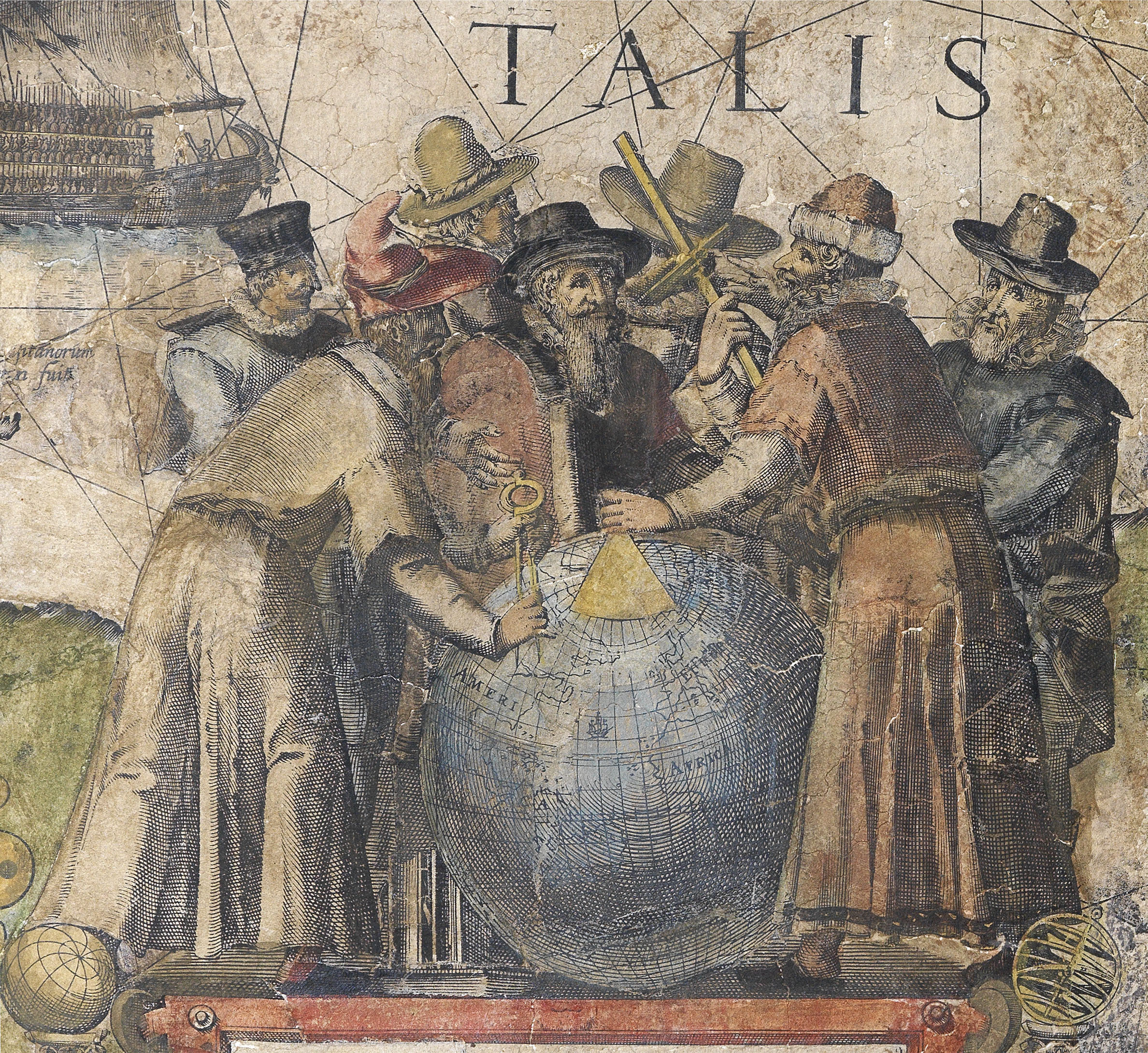Martin Waldseemüller
(c1470 - c1521)

Martin Waldseemüller was a German scholar and cartographer. He studied under Gregor Reisch at the University of Freiburg, and then moved to Basel in the late 1490s, where he met the printer Johannes Amerbach. In 1506 he moved to Saint-Dié in Lorraine, where Duke René II had established a humanist academy, the Gymnasium Vosagense. Waldseemüller was one of the earliest members, providing expertise in both cosmography and theology. It was at the Gymnasium that he met Matthias Ringmann and Jean Basin de Sendacour, with whom he would collaborate on his greatest geographical work. The trio had originally aimed to produce a new edition of Claudius Ptolemy’s Geographia, inspired by the versions already published throughout Europe. However, this idea was abandoned after they read about Amerigo Vespucci’s voyage to the Americas. Together with Portuguese accounts of circumnavigating Africa, proving that the Indian Ocean was not landlocked, they dealt a serious blow to Ptolemaic geography. Instead, they decided to create a map which compared Vespucci’s geographical information with Ptolemy’s, along with an explanation of why they had deviated from Ptolemy’s precepts.
This work, Cosmographia introductio, was published in 1507. It contains the first printed instance of the name “America” being applied to the discoveries over the Atlantic: “The fourth part of the earth, we have decided to call Amerige, the land of Amerigo we might even say, or America because it was discovered by Amerigo”. The book was accompanied by a set of small woodcut map gores, the first known printed gores for a terrestrial globe ever made, which showed a landmass meant to represent South America labelled as “America”. The globe gores were a companion to the Universalis cosmographia, the great world map in twelve sheets by Waldseemüller. It was unusually large for a woodcut map, and drawn using an adaptation of the second method of projection advocated by Ptolemy. It shows the Americas as one contiguous continent, and was the first map to give this name to the new discoveries.
Martin Waldseemüller himself was reluctant to identify America as a continent, and would never use the name America in any of his later work. When he finally published his edition of Ptolemy in Strasbourg in 1513, he labelled South America “Terra Incognita”. However, nearly every significant mapmaker for the next quarter of a century relied on his work, popularising his geography and terminology. Although Waldseemuller lived to see his atlas re-printed in 1520, he died shortly thereafter.
Martin Waldseemuller stated that 1,000 copies of the Universalis cosmographia were to be printed, however, only one survives. It was sold to the Library of Congress for $10 million in 2003.
 地图
地图  地图集
地图集  珍本
珍本  版画
版画  天文仪器
天文仪器 






